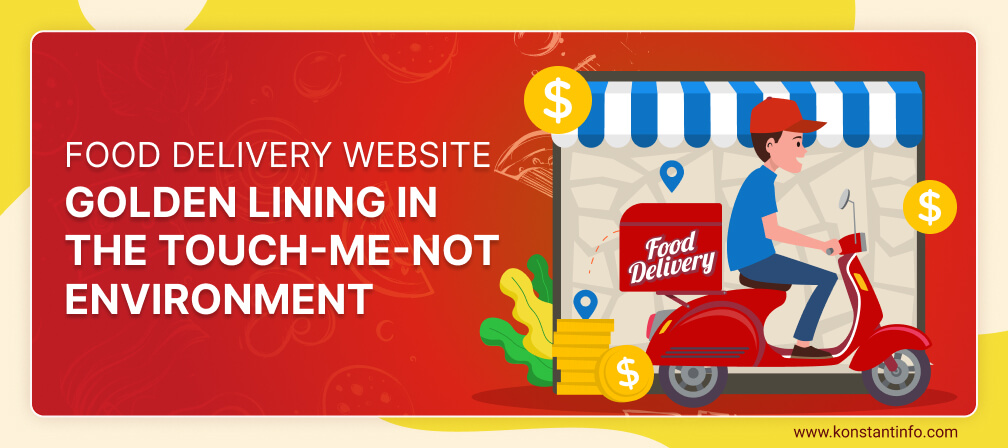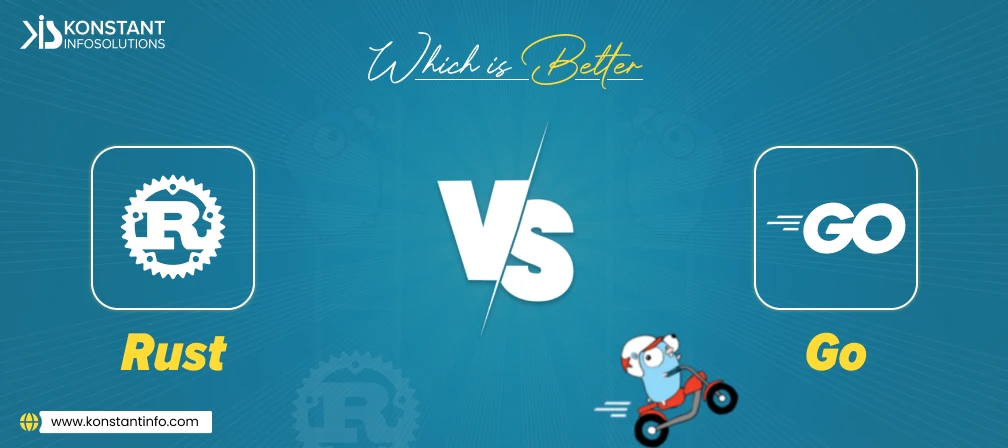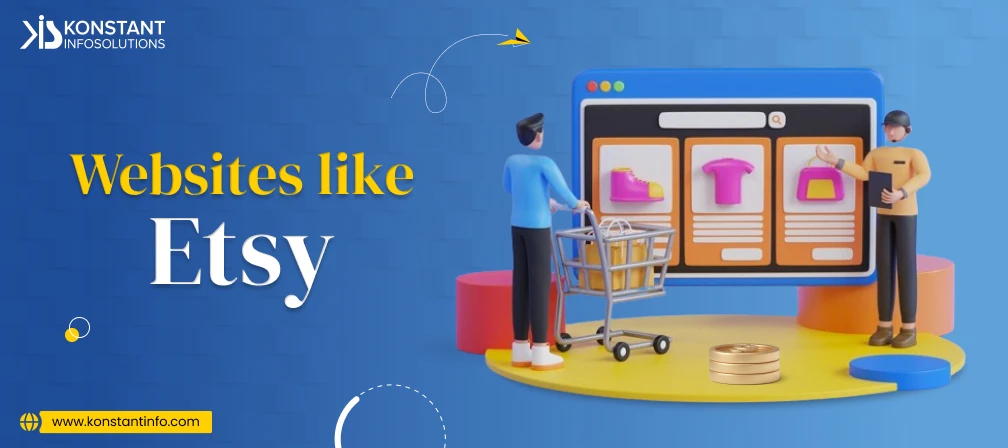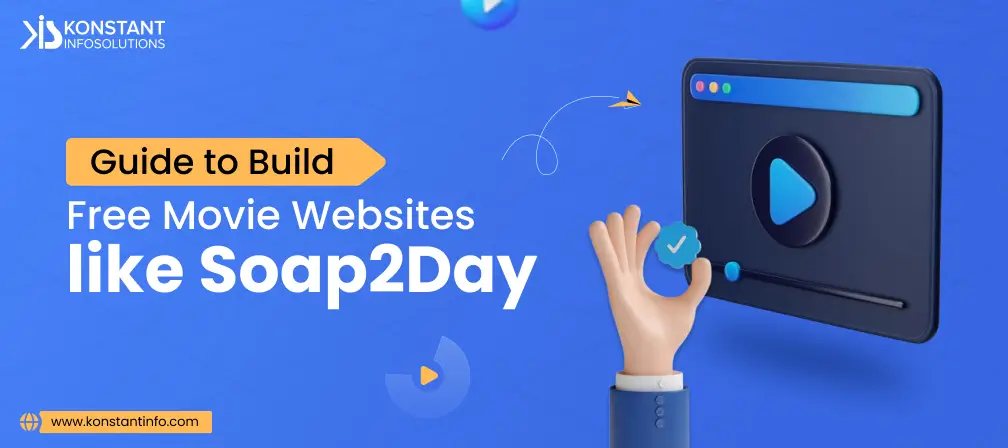
The prevalent restrictions around the Coronavirus have caused all the restaurants across the country to halt all the dine-in-services, with many people staying at home and turning towards food delivery websites and apps. The demand for food delivery has exploded during the COVID-19 pandemic as consumers self-isolate and restaurants close down. Food Delivery Drivers across have experienced a tripling of their total orders and it seems like people are turning more to this delivery as the stay at home orders are put into place.
The early days of the current pandemic caused many people to bulk buy, fearing the contagion, which eventually drove many customers to download grocery apps and look towards on-demand food ordering apps to replenish their dining tables during the Coronavirus crisis.
People in various cities, New York in particular who are unused to eating at home are increasingly relying on the city’s army of bicycle delivery people for their dinner. As the consumer’s interest for restaurants falls below 54% and for nightlife businesses by 69% (according to Yelp), the Pizzerias, fast food restaurants, grocery stores and fruits and veggie shops are all grabbing a much bigger share of the pie than they were before the onset of this pandemic.
According to Apptopia, Inc., a leading app intelligence provider – apps and websites like Instacart, Walmart, Grocery, Shipt, Target, goPuff, Burpy, Rappi, FreshDirect, OurHarvest, Mercato, On-Demand Gift Delivery, Good Eggs, Farmdrop, Growcer, Local Express, GrocerKey, ShopHero, Snackdash, ShopurGrocery, Unata, App Emporio Edelivery and DelivX | Multivendor Local Delivery Management Software are doing more than usual and have been receiving bulk downloads since February 2020.
People across the globe have a medical reason to stay indoors now; to order food of their choice, only if they prefer doing so and obtain necessary supplies (raw and cooked) at their doorstep.
Keeping this in mind, food ordering websites are aligning along with their existing mobile counterparts. Thus food delivery businesses have employed thousands of workers, immigrants, in particular, riders – who zip around pedalling along on their electric bikes with food packets.
On-Demand food delivery websites must feature modules and categories according to customer’s preferences.
The Customer Portal
It must-have:
The Delivery Person Portal
It must-have:
The Food Delivery Portal Dashboard
It must-have:
The basic Process consists of the following steps:
Advanced options include, including referrals, commissions, loyalty and reward points to the order and likewise.
Long story short, websites are more helpful in testing an idea in case you are an early adopter. It saves time and effort, giving space for innovation and scalability.
There are a couple of models to discuss here, but the one that integrates both food ordering and delivery are considered to be optimal. Skipping the details, we are simply listing the businesses that have adopted these into their being, here it goes:
Customer App
Restaurant Solution
Delivery Panel
Admin Panel
You require approximately $80,800 to create a food ordering and delivery website. The following costs are based on the MVP version of the service. This solution is scalable according to market requirements.
If you can skip the competition, recognize the restaurants to partner with, know the standard UI/UX between all panels and all the features to decide then you may bring your dream to create an online food ordering website to reality.
Online grocery stores are driven by consumer panic these days, resulting in high daily revenues and increasing consumer spending. This has relatedly raised the curbside pickup. Need to create a food delivery website fix? Contact our developers! For general queries on web development services, please reach out to our experts for more details.
Get the generic FAQ’s answered on the types of an on-demand Food ordering apps that we can create, to know more about how you can generate revenue and what business model with being suitable for your business, in case you want us to make use of specific technologies in this project and more about cost and aligned features.



Neeti Kotia is a technology journalist who seeks to analyze the advancements and developments in technology that affect our everyday lives. Her articles primarily focus upon the business, social, cultural, and entertainment side of the technology sector.
Or send us an email at: [email protected]